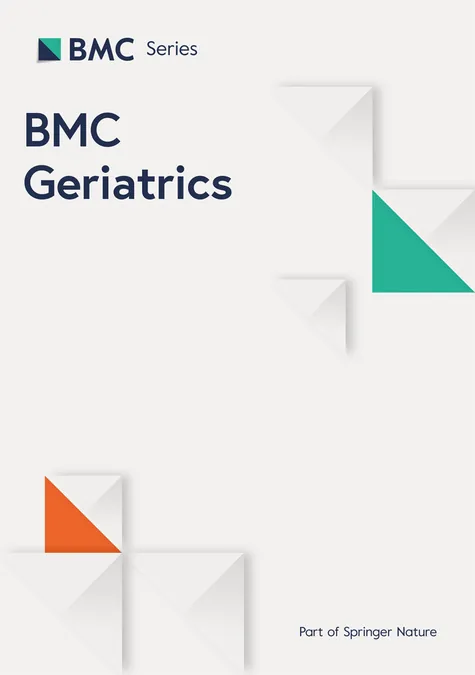
Shocking New Study Reveals Thrombectomy Fails to Enhance Outcomes for Large Stroke Patients!
2024-10-31
Author: Wei
Groundbreaking Clinical Trial Challenges Assumptions
In a groundbreaking clinical trial recently published in JAMA, researchers have revealed that endovascular thrombectomy does not significantly improve outcomes for patients suffering from large core strokes when compared to standard stroke care. This revelation challenges previous assumptions about the efficacy of thrombectomy, a procedure designed to remove blood clots from the brain and restore vital blood flow.
The TESLA Trial Overview
The trial, known as the Thrombectomy for Emergent Salvage of Large Anterior Circulation Ischemic Stroke (TESLA) trial, involved a rigorous study of 300 patients who presented with large core infarcts—significant damage to brain tissue identifiable through a non-contrast CT scan. These patients were randomized to receive either the thrombectomy procedure or standard care alone.
Insights from Dr. Sameer A. Ansari
Dr. Sameer A. Ansari, a prominent neurology expert from the Ken and Ruth Davee Department at Northwestern University, served as a co-author of this pivotal study. He expressed that the findings were both paradoxical and enlightening, reflecting a shift in the understanding of which stroke patients can derive the most benefit from this intervention.
Trial Results and Findings
After a detailed 90-day follow-up, researchers discerned that there was no significant statistical difference in patient outcomes between those who underwent thrombectomy and those who received standard care. Mortality rates were strikingly similar: 35.3% in the thrombectomy group compared to 33.3% in the control group. Alarmingly, cases of symptomatic intracranial hemorrhage were reported at a rate of 4% in the thrombectomy group against 1.3% in the control group.
Implications for Future Clinical Guidelines
Despite these disappointing results for the thrombectomy procedure in patients with large core strokes, Dr. Ansari believes these insights will play a crucial role in shaping future clinical guidelines for stroke management. "Our findings indicate a limit to the amount of stroke burden a patient can endure while still benefiting from thrombectomy," he stated.
Streamlining Patient Selection for Thrombectomy
Moreover, the TESLA trial underscores the potential to streamline the patient selection process for thrombectomy treatments. Dr. Ansari highlighted that basic non-contrast CT imaging could suffice for determining eligibility, resulting in significant cost and time efficiencies for emergency interventions.
Looking Ahead: Future Directions in Stroke Treatment
As for future directions, Ansari hinted at refining imaging criteria to better identify which patient populations stand to gain the most from thrombectomy while excluding those who would receive no tangible benefits. Ongoing studies are exploring expanded indications for the use of thrombectomy, particularly for patients with distal or smaller vessel occlusions and those presenting later but with salvageable brain tissue.
Conclusion
This monumental study has raised essential questions about the current standards of stroke treatment and offers hope for refining therapeutic approaches to combat the devastating effects of strokes. Will we see a revolution in stroke care protocols based on these findings? Only time will tell! Stay tuned for further developments in this critical area of medical research.



 Brasil (PT)
Brasil (PT)
 Canada (EN)
Canada (EN)
 Chile (ES)
Chile (ES)
 Česko (CS)
Česko (CS)
 대한민국 (KO)
대한민국 (KO)
 España (ES)
España (ES)
 France (FR)
France (FR)
 Hong Kong (EN)
Hong Kong (EN)
 Italia (IT)
Italia (IT)
 日本 (JA)
日本 (JA)
 Magyarország (HU)
Magyarország (HU)
 Norge (NO)
Norge (NO)
 Polska (PL)
Polska (PL)
 Schweiz (DE)
Schweiz (DE)
 Singapore (EN)
Singapore (EN)
 Sverige (SV)
Sverige (SV)
 Suomi (FI)
Suomi (FI)
 Türkiye (TR)
Türkiye (TR)
 الإمارات العربية المتحدة (AR)
الإمارات العربية المتحدة (AR)